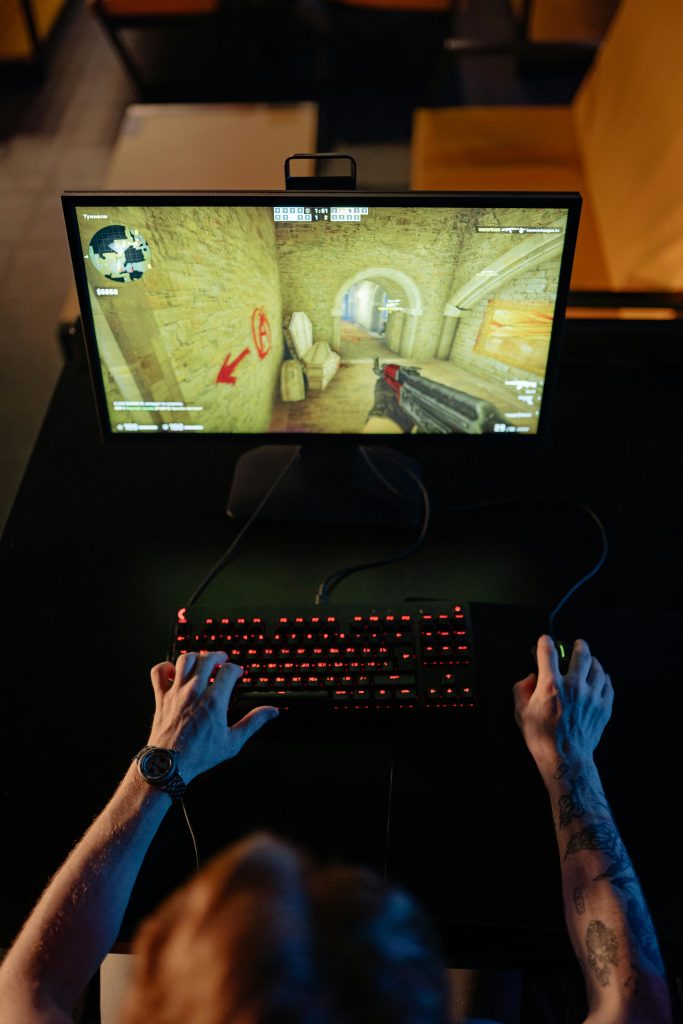Choosing an Affordable Desktop Computer for Education and Gaming: A Guide for Beginners
In today’s digital age, having a reliable computer is essential for students balancing coursework and leisure activities like gaming. However, for newcomers to technology, navigating the myriad options and understanding computer specifications can be daunting. If you’re on a budget and seeking a cost-effective desktop that can handle online classes and casual gaming, this article is designed to help you make informed decisions.
Understanding Your Needs
Before diving into options, it’s important to clarify your goals:
– Educational Use: Basic tasks such as browsing, document editing, and online coursework.
– Gaming: Casual gaming experience; not necessarily high-end AAA titles.
– Future Upgrades: Preference for a system that can be expanded or upgraded later.
Budget Constraints
A common concern is price. Many believe that a quality computer costs over $500, but with strategic choices, you can find suitable options within or slightly above this range. Prebuilt desktops are often recommended for ease of setup and reliability, especially for users not comfortable building their own systems.
What to Look for in a Budget Desktop
When shopping within a limited budget, focus on these key components:
– Processor (CPU): Aim for at least an Intel Core i3 or AMD Ryzen 3. These provide adequate performance for everyday tasks and light gaming.
– Memory (RAM): Minimum of 8GB. This allows smooth multitasking and sufficient speed for most applications.
– Storage: A combination of SSD (Solid State Drive) for faster boot times and application loading, and possibly an HDD for additional storage.
– Graphics Card: For casual gaming, integrated graphics (included with CPUs like Intel UHD Graphics or AMD Radeon Vega) may suffice. For better gaming performance, look for systems with dedicated entry-level GPUs like NVIDIA GTX 1650, though these may push the price above $500.
– Upgradability: Selecting a PC with accessible RAM and storage upgrade options can extend its lifespan and performance.
Practical Tips for Buying a Budget Desktop
- Look for Certified Refurbished or Open-Box Options: These often come at a lower price and are thoroughly tested.
- Check for Sales and Promotions: Online retailers and local stores frequently run discounts.
- Prioritize Upgradability: Ensure the case and motherboard allow future hardware upgrades.
- Read Reviews and Specifications Carefully: Avoid systems with outdated components or limited support.
Sample Configurations and
Share this content:



